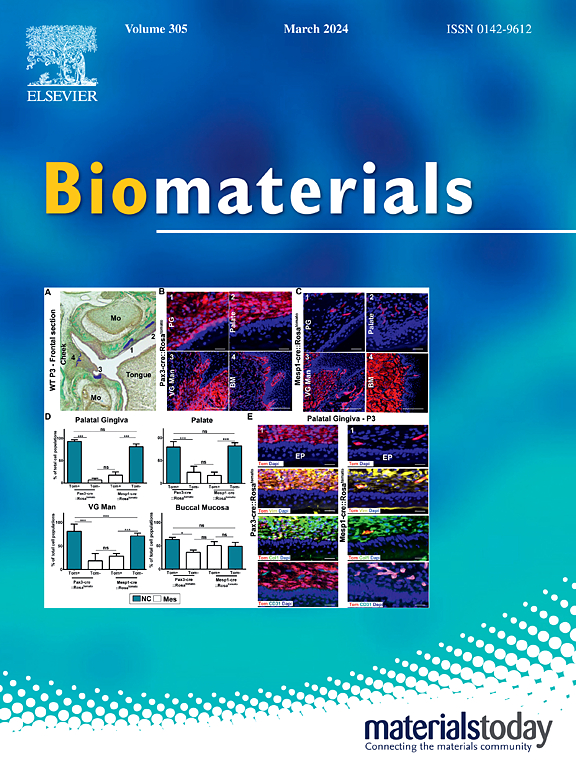Extracellular vesicles-hitchhiking boosts the deep penetration of drugs to amplify anti-tumor efficacy
Abstract
Developing drug delivery systems capable of achieving deep tumor penetration is a challenging task, yet there is a significant demand for such systems in cancer treatment. Hitchhiking on tumor-derived extracellular vesicles (EVs) represents a promising strategy for enhancing drug penetration into tumors. However, the limited drug assembly on EVs restricts its further application. Here, we present a novel approach to efficiently attach antitumor drugs to EVs using an engineered cell membrane-based vector. This vector includes the AS1411 aptamer for tumor-specific targeting, the vesicular stomatitis virus glycoprotein (VSV-G) for tumor cell membrane fusion, and a photosensitizer as the therapeutic agent while ensuring optimal drug encapsulation and stability. Upon injection, photosensitizers are firstly transferred to the tumor cell membrane and subsequently piggybacked onto EVs with the inherent secretion process. By hitchhiking with EVs, photosensitizers can be transferred layer by layer deep into the solid tumors. The results suggest that this EVs-hitchhiking strategy enables photosensitizers to penetrate deeply into tumor tissue, thereby enhancing the efficacy of phototherapy. This study offers broad application prospects for delivering drugs deeply into tumor tissues.


 求助内容:
求助内容: 应助结果提醒方式:
应助结果提醒方式:


